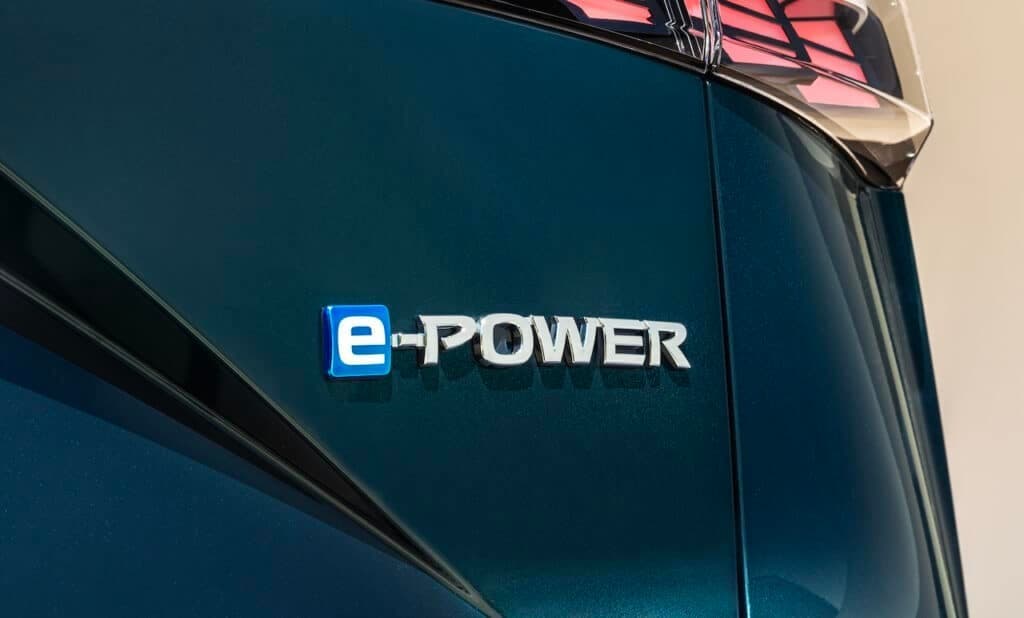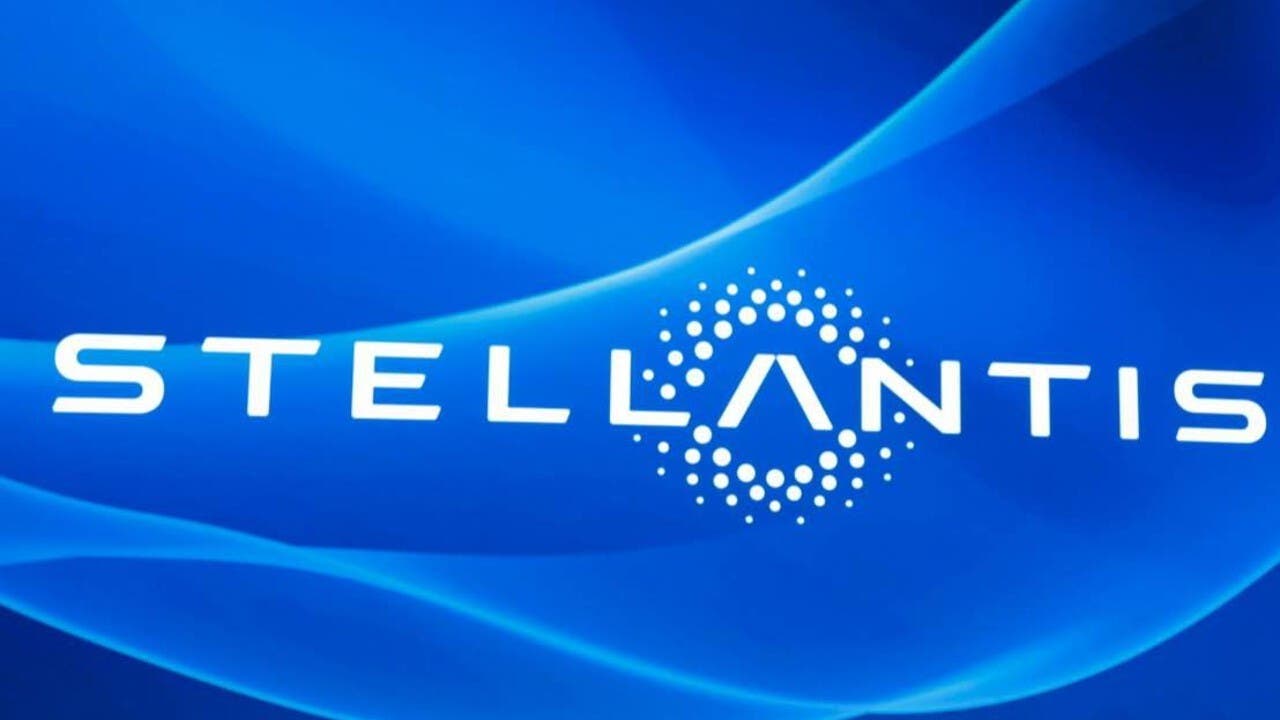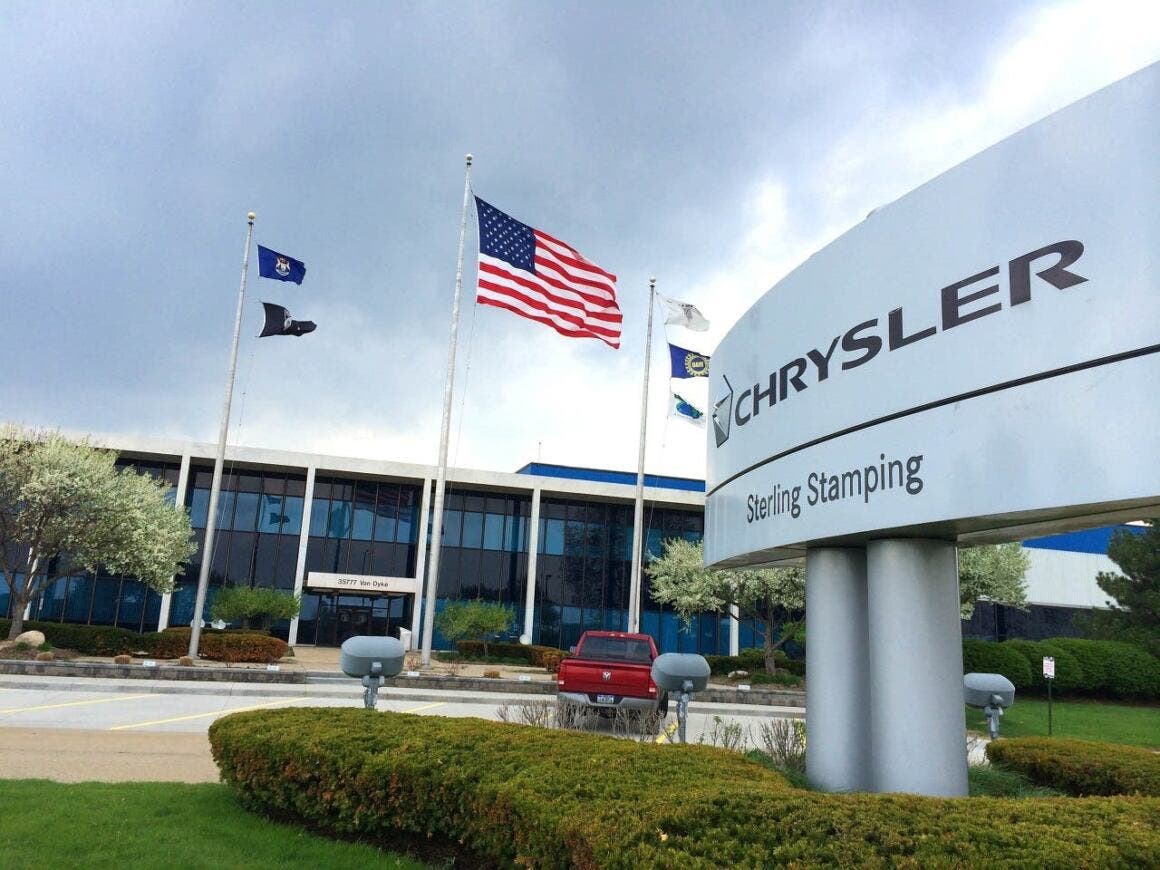Nissan is trying to reclaim a leading role after the failed alliance attempt with Honda. According to Automotive News, the Yokohama automaker is conducting advanced negotiations with Ford and Stellantis for the supply, in the United States, of a new hybrid propulsion system inspired by its flagship model, the Rogue.
Nissan in talks with Ford and Stellantis to supply e-Power hybrid system in U.S.

In the United States, the Rogue has for years been one of the Japanese brand’s best-selling SUVs. The goal would be to export the e-Power technology overseas, an exclusive Nissan hybrid formula that uses an electric motor to move the wheels and a gasoline engine as a generator to recharge the battery. A solution that combines the advantages of electric drive with the practicality of traditional refueling, without depending on the charging network.
Internal industry sources, who remained anonymous, specify that this would not be a classic industrial partnership but a strategic supply agreement, in which Nissan would make its technological know-how available. Stellantis, in particular, would be interested in the e-Power platform to integrate a transition hybrid into its American lineup, filling the temporary gap between the Jeep 4xe and future Dodge and Chrysler electric models.

Nissan spokesman Brian Brockman confirmed that the company is evaluating localization of hybrid production in the United States, to align with federal incentives and growing demand for electrified powertrains. After the pioneering success of the Leaf, Nissan doesn’t want to lose ground in the electrification race anymore.
The new Rogue e-Power, expected by the end of 2026, promises fuel consumption 15% lower than the current generation and a significant reduction in emissions. Internal projections estimate over 160,000 units per year by 2030, a figure that could increase if the agreement with Ford or Stellantis materializes.
For both parties, the agreement would have strategic value: Nissan would strengthen its presence in the North American market, while Stellantis and Ford would find a technological ally to accelerate the energy transition without slowing production.
